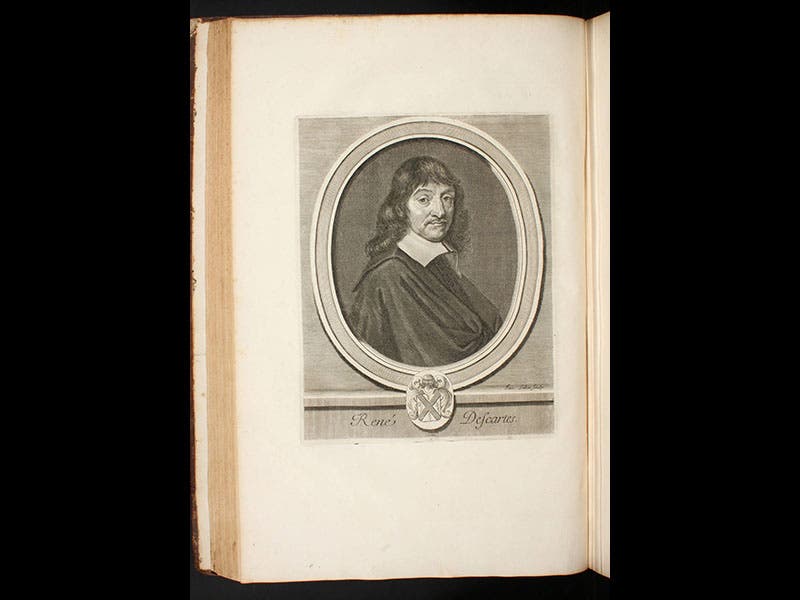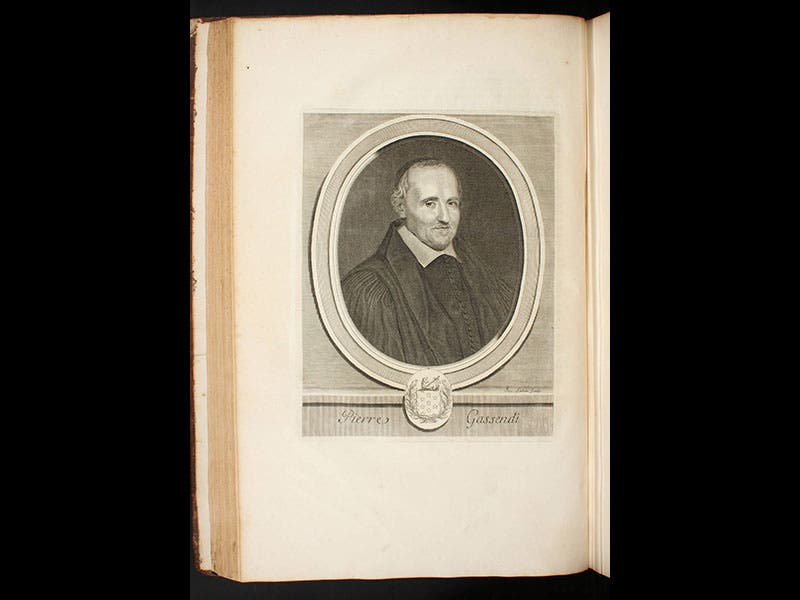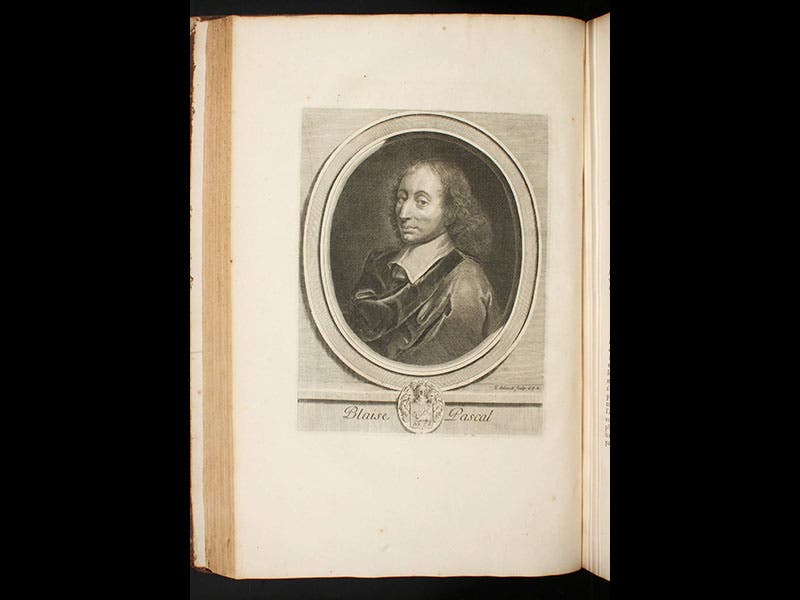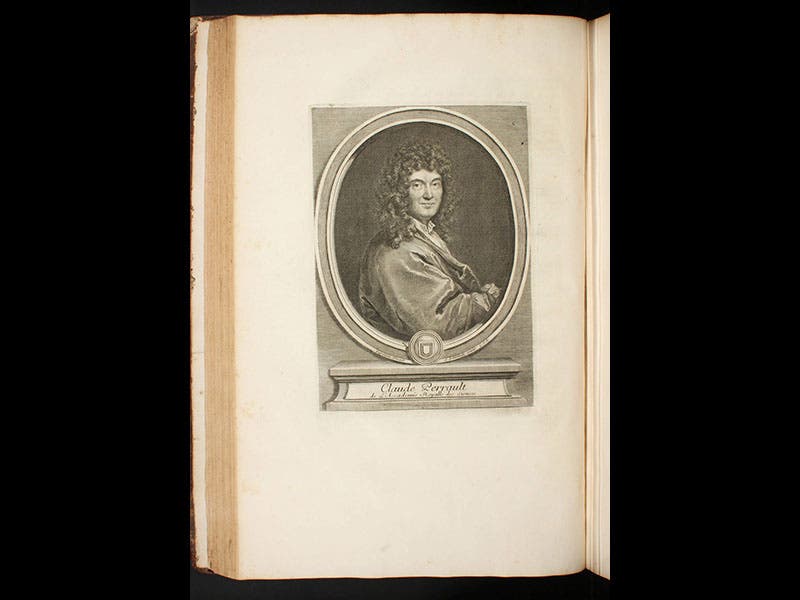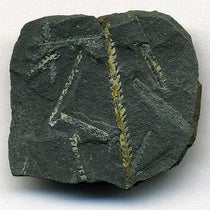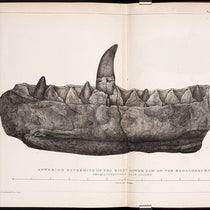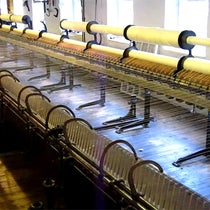Scientist of the Day - Charles Perrault
Charles Perrault, a French scholar and writer, was born Jan. 12, 1628. Charles was part of a distinguished scientific family. His younger brother, Claude, was an original member of the French Academy of Sciences and a founder of the science of comparative anatomy; his large folio, Memoirs for a Natural History of Animals (1676), was the millionth book purchased by the Library, and we displayed it in our Grandeur of Life exhibition in 2009. Another brother, Pierre, was a founder of the science of hydrology (the movement of water on and within the earth), and we have his Origin of Springs (1674) in our collection as well.
Charles was more interested in arts and letters than the sciences, playing a principal role in the famous “Quarrel of the ancients and moderns” that occupied the Académie française during the late 17th century. But Charles did provide an important contribution to the history of seventeenth-century science by publishing a book of portraits of eminent French savants in 1696 (see second image above). This is a large, two-volume folio set that we have in our History of Science Collection, and it is an invaluable source of portraits of such distinguished French natural philosophers as René Descartes (third image), Marin Mersenne (fourth image), Blaise Pascal (fifth image), and Charles’ brother Claude (sixth image). The frontispiece of this book also provides us our best portrait of Charles (first image).
The next year, 1697, Charles published a much slimmer volume, containing eight stories intended for children. He called it Histoires ou Contes du Temps passé: Les Contes de ma Mère l’Oie (Tales and Stories of the Past with Morals: Tales of Mother Goose). This is the book that launched the fairy tale genre, and gave us the characters of Little Red Riding Hood, Sleeping Beauty, Cinderella, and Puss in Boots. Mother Goose, ornithological though she may be, is unlikely to find her way into our collections.
Dr. William B. Ashworth, Jr., Consultant for the History of Science, Linda Hall Library and Associate Professor, Department of History, University of Missouri-Kansas City. Comments or corrections are welcome; please direct to ashworthw@umkc.edu.




